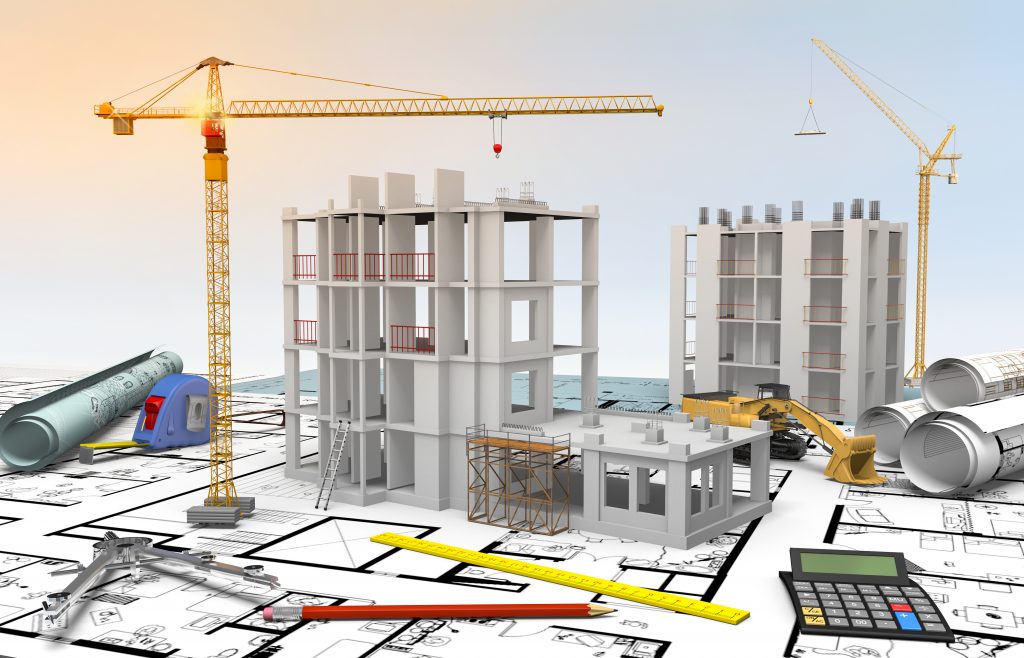Top Building Methods for New Homes
Constructing a modern dwelling is an thrilling journey, filled with opportunities to form a home environment that authentically represents your personal style and requirements. Whether you are a inexperienced builder or seeking to create your dream home, understanding the most effective building practices is crucial for a seamless and productive construction process. From picking the best materials to handling financing options, each phase plays a key role in transforming your dream to life.
In this comprehensive guide, we will walk you through the multiple aspects of fresh home construction. You will learn essential considerations such as how long the building process generally takes, the advantages of selecting new construction over acquiring an existing property, and the newest design trends defining homes in 2025. We will also explore into useful tips for selecting a talented builder, creating an effective budget, and avoiding common traps along the way. If you're interested to integrate smart home features or explore energy-efficient designs, this guide aims to equip you with the knowledge you need to take informed judgments when creating your fresh home.

Creating Process Summary
Constructing a new dwelling is an thrilling experience that involves careful preparation and realization. The method typically commences with picking a fitting parcel and planning the home. It's vital to strike a balance between your personal tastes and regulatory rules. Engaging with an architect can aid you formulate a plan that fits both your vision and any legal necessities.
Once the blueprint is completed, you will transition into the permit acquisition phase. This step is crucial as it involves securing the essential construction approvals and ensuring conformity with local zoning laws. Familiarizing yourself with these rules can help you steer clear of delays or financial changes down the road. During this time, picking the appropriate contractor is also crucial. They will lead you through the complexities of construction and help oversee the construction process from beginning to end.
As construction commences, the method can typically be separated into distinct stages, such as foundation work, structural works, and finishing. Keeping track on the progress and remaining in connection with your builder will help that the construction progresses efficiently. Being aware of potential holdups and unexpected expenses is vital, as they can impact your finances and entire plan. By remaining engaged throughout these stages, you can work towards building the home of your desires.
Budgeting and Budgeting
When starting on the journey of building a new home, comprehending your financing options is crucial. Various loan types are offered for new construction, including conventional loans, FHA loans, and construction-to-permanent loans. Every option has its specific requirements and benefits, so it's important to assess your fiscal situation and determine which loan suits with your needs. Consulting with a mortgage advisor can provide useful insights into your qualification and possible interest rates, helping you secure the best deal.
Creating a practical budget is also key factor in the home-building journey. Consider all possible costs, including land acquisition, construction supplies, labor, permits, and utilities. In addition, be mindful of unexpected costs that can arise, such as unexpected site conditions or changes in design. It's advisable to set aside a contingency fund of about 10 to 15 percent of your total budget to cover unforeseen expenses, ensuring that you stay financially stable throughout the construction process.
Finally, understanding how to cut costs and where to spend more can significantly affect your final home. Focus on essential features that align with your way of living, such as energy-efficient systems and durable materials, while being more flexible with cosmetic elements that can be updated later. Efficient budgeting will not only help you evade financial stress during the construction phase but also ensure that your new home fulfills your expectations without breaking the bank.
Style and Materials Choice
Selecting the appropriate design and materials for your new home is crucial to create a space that addresses your family’s requirements and shows your individual taste. Begin by thinking about the layout and movement of your home. Open-plan designs are favored for their airy feeling and adaptability, while traditional layouts can offer distinct rooms for particular functions. It’s important to select a floor plan that suits for your way of life, whether that entails entertaining, family gatherings, or quiet retreats.
When it comes to resources, think about longevity, maintenance, and eco-friendliness. For instance, opting for green building resources can not just enhance your home's sustainability but can also contribute to lower energy costs in the long run. Furthermore, exterior choices such as brick, timber, or stucco can significantly affect the appearance and durability of your home. Investigate the advantages and disadvantages of each choice to find the best fit for your stylistic intentions and budget.
Finally, pay close attention to current design trends while ensuring that they correspond with your personal vision. Longshaw Construction for 2025 may include intelligent living features that enhance convenience and security, as well as aspects that promote wellness, like natural light and outdoor living spaces. By carefully considering your style and materials choice, you can build a beautiful and practical new home that stands the test of time.